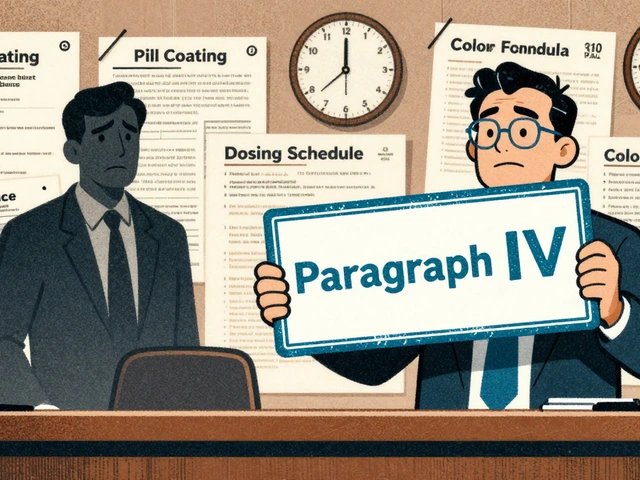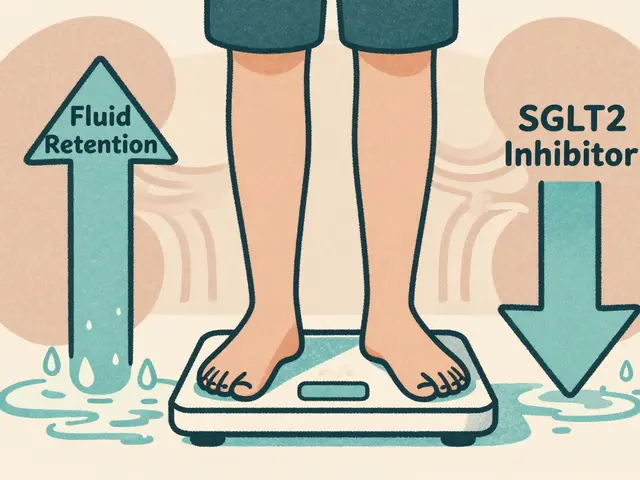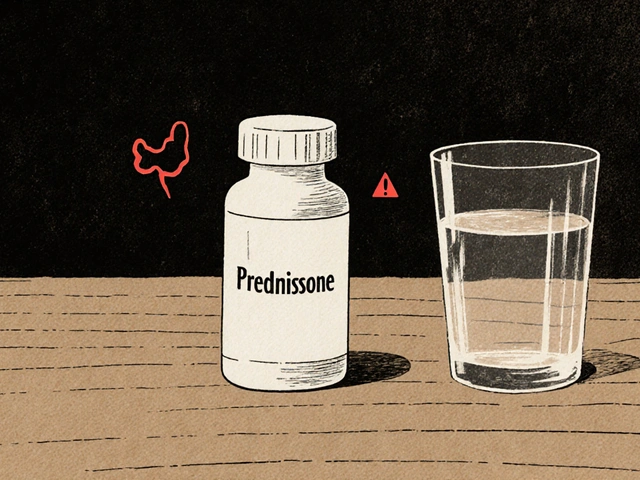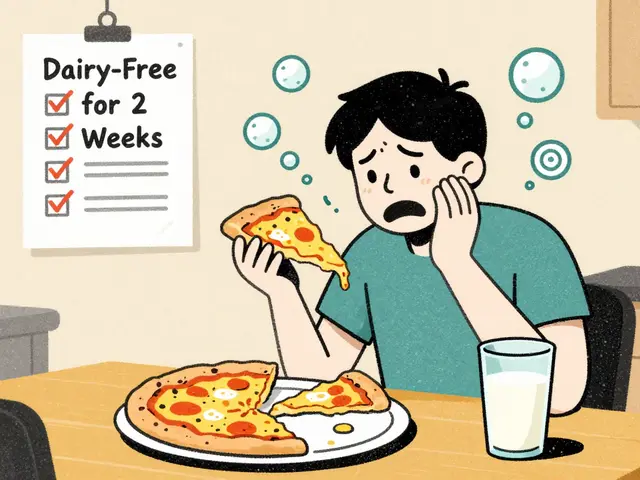Sundowning Management: Practical Tips to Reduce Evening Confusion
Sundowning is the rise in confusion, agitation or wandering that some people with dementia get in the late afternoon and evening. It can be scary for both the person and their caregiver, but consistent steps can cut episodes down and make evenings calmer. Below are clear, practical actions you can try.
Start by spotting triggers. Common triggers are low light, fatigue, hunger, pain, too much stimulation, and changes in routine. Keep a short log for a week: note what happened before, during and after episodes. That record helps you test one change at a time instead of guessing.
Simple changes at home
Adjust lighting to reduce shadows and glare. Brighten hallways and living rooms in the late afternoon so the house doesn’t suddenly feel darker. Use warm lamps rather than harsh overhead lights and add night lights in bathrooms and halls to avoid disorientation during night trips.
Simplify the evening routine. Aim for calm activities after mid‑afternoon — a quiet walk, folding laundry, listening to familiar music or looking through a photo album. Avoid big meals, caffeinated drinks, or stimulating TV before bedtime. Keep dinner simple and earlier if possible.
Match activity timing to energy levels. Schedule any physical exercise or therapeutic activities for the morning or early afternoon so the person is more tired and ready for rest by evening. If naps are needed, keep them short and before 3 pm to avoid wrecking nighttime sleep.
Check comfort issues. Pain, a full bladder, constipation or itching can spike agitation. Rule these out: offer the toilet regularly, check for tight clothing, and keep pain relief up to date as advised by a doctor. Small fixes often stop a flare quickly.
Communication and safety tips
Use calm, simple language and short sentences. When confusion rises, redirect rather than argue: offer a snack, a drink or a familiar task. Validation works better than correction — acknowledge feelings and gently guide the person toward a soothing activity.
Reduce hazards and wandering risks. Add door alarms, motion sensors, or a nightlight path. Keep important items like glasses and hearing aids within reach so sensory loss doesn't grow confusion.
Medication and sleep aids are a last resort. Talk to the doctor before starting any sedatives or antipsychotics; these drugs can have serious side effects in older adults. Low‑dose melatonin sometimes helps reset sleep patterns, but use it only under medical advice.
Caregiver support matters. Share shifts if you can, join a local support group, or book short respite care. You’ll make better decisions when you’re rested and less stressed.
When to call the doctor: sudden, severe agitation, fever, pain, trouble breathing or new symptoms like vision loss need urgent review. Also seek medical advice if sundowning gets worse despite changes — there may be treatable causes like infection or medication interactions.
Try one or two changes at a time and track results for a week. Small, steady improvements often add up to calmer evenings and safer nights.










